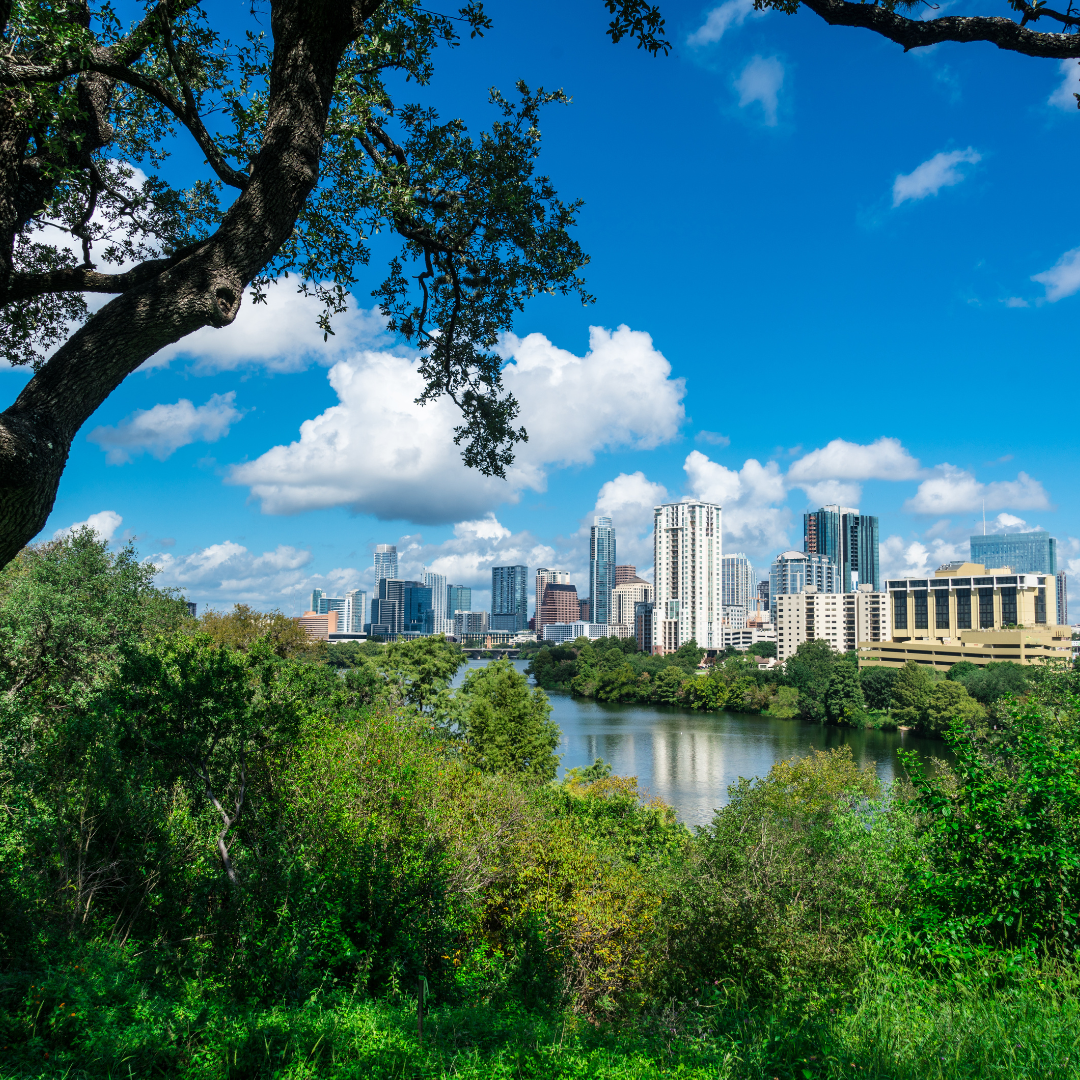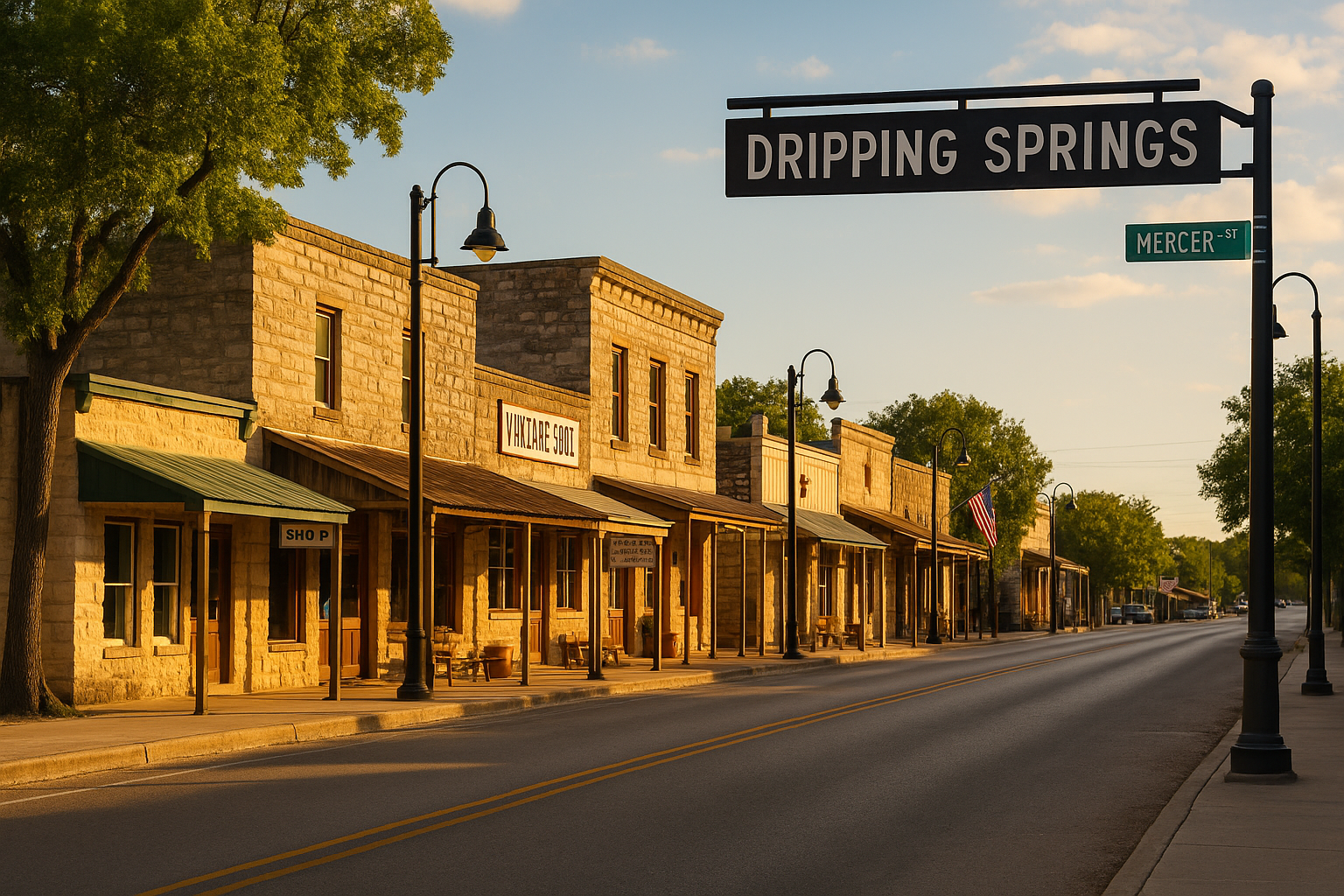
Exploring the Cost of Living in Austin
Austin’s rapid growth and booming real estate market have left many wondering: Is Austin still affordable? In this blog post, we’ll break down the cost of living in Austin, compare it to other major cities, and explore whether it’s still a budget-friendly option for residents and newcomers.
The Rising Cost of Housing in Austin
One of the biggest factors affecting affordability in Austin is the cost of housing. Over the past decade, home prices and rents have increased due to high demand and limited inventory. As of December 2024, the median home price in the Austin metro is around $450,000, while the average rent for a single family home is approximately $2,467 per month.
While these numbers are higher than the national average, they are still lower than cities like San Francisco, New York, and Los Angeles. However, for many locals, the rising housing costs have made homeownership and renting increasingly challenging.
How Does Austin’s Cost of Living Compare to Other Cities?
Despite rising costs, Austin remains more affordable than many other major U.S. cities. For example:
- San Francisco: Austin’s cost of living is approximately 50% lower.
- New York City: Austin is about 40% cheaper.
- Seattle: Austin’s cost of living is roughly 20% lower.
These comparisons make Austin an attractive option for those relocating from more expensive cities, especially remote workers and tech professionals.
The Impact of No State Income Tax
One of the biggest financial advantages of living in Austin (and Texas as a whole) is the lack of state income tax. This can save residents thousands of dollars annually, making it easier to afford housing, groceries, and other expenses.
However, it’s worth noting that property taxes in Texas are higher than the national average, which can offset some of these savings for homeowners.
Affordability in Different Austin Neighborhoods
While some areas of Austin, like Downtown and Westlake, are known for their high prices, there are still neighborhoods that offer more affordable options. Areas like Round Rock, Pflugerville, and Kyle provide lower housing costs while still being within commuting distance of the city center.
For renters, neighborhoods like North Austin and East Austin often have more budget-friendly options compared to the city’s core.
The Role of Remote Work in Affordability
The rise of remote work has allowed many people to move to Austin without needing to live close to the city center. This has increased demand for homes in suburban and outlying areas, where prices are generally lower. For remote workers, this flexibility can make Austin a more affordable option.
Is Austin Still Affordable for Families?
For families, affordability depends on factors like housing, childcare, and education. While Austin’s public schools are highly rated, private school tuition and childcare costs can be expensive. However, the city’s family-friendly amenities, parks, and activities make it a desirable place to raise children.
Tips for Finding Affordable Housing in Austin
If you’re looking to move to Austin on a budget, here are some tips:
- Consider suburban areas like Cedar Park or Leander for lower home prices.
- Look for older homes or fixer-uppers, which may be more affordable than new builds.
- Work with a local real estate agent who knows the market well.
Conclusion: Is Austin Still Affordable?
While Austin’s cost of living has risen in recent years, it remains more affordable than many other major U.S. cities. Factors like no state income tax, a strong job market, and a variety of housing options make it an attractive choice for individuals, families, and remote workers.
However, affordability depends on your lifestyle, income, and housing preferences. By exploring different neighborhoods and working with local experts, you can find options that fit your budget and needs.








